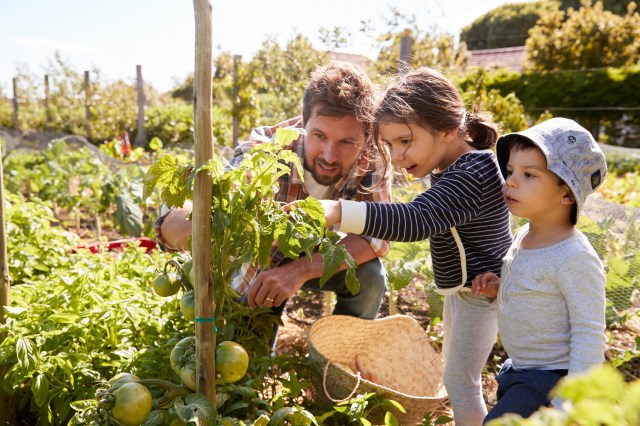Protect the Planet! Eat sustainably! We hear these phrases a lot, but what do they really mean and why is it important? We’ve seen our food ecosystem undergo a rapid and significant transformation from small, local farms to huge industrial systems. Not only is the global population we need to feed growing, but our eating habits have evolved; we now demand a greater variety of food that’s less expensive, available where we want and when we want it. This has made our food less healthy, heavily processed and preserved, which damages our environment, our planet and our bodies.
But it’s not all gloom and doom; we can all do little things to eat more sustainably, and one by one, create big change together. Doing so combines the best nutritional science that supports a lifetime of personal health and wellness with a lifestyle and food choices that protect the health of our planet. Therefore, a sustainable diet is one where you choose the healthiest foods possible that have a lower impact on the environment. So, how exactly do you do you that?
Make plants a priority. Try to make half your plate fruits and vegetables! Plants can provide the protein your body needs, along with vitamins, minerals and phytochemicals to maintain health and protection from disease. Legumes, lentils, tofu, tempeh, and seitan are a few examples of excellent sources of plant protein.
Find whole foods. Whole foods are foods that are close to their natural form as possible, for example, less processed and tinkered with. Up your whole grain intake by mixing half whole wheat flour and half white flour the next time you bake cookies (your kids won’t even know!) or mix half brown and half white rice with your favorite meal. In addition, fresh fruits and vegetables in their natural form are fantastic choices, as well as seeds and nuts since they all provide the most and widest variety of nutrients possible, helping you maintain your health and prevent disease.
Reduce animal intake. What a lot of people don’t realize is that animal food production has a devastating impact on the environment due to greenhouse gas emissions, land used for livestock feed instead of food to feed humans, and the vast water requirements of animal food production. Does this mean you need to give up eating meat? No, but there are a number of things you can do to play your part in protecting the planet.
• Eggs, dairy, poultry, and pork have a lower environmental impact than red meat so switch up your animal protein sources to eat a few less hamburgers, steaks and roasts.
• Reduce your usual portion size of animal protein or combine both plant and animal sources. For example, blend your burger with mushrooms or legumes, or have a beef and bean burrito. To reduce meat and increase whole grains at the same time, add ¾ cup uncooked oats to each pound of ground beef or turkey when making meatballs, burgers or your favorite meatloaf recipe.
• Think of beef, lamb or veal as your condiment that provides great taste but does not need to contribute large amounts to the meal. For example, re-imagine your Sunday dinner as less of a big roast and more of a surf and turf with a few bites of red meat with a great seafood choice with lots of vegetables.
• Experiment with recipes such as a stir fry, salad, grain bowl, or pasta dish where animal protein is not the star of the show but plays a more supporting role.
Think local and seasonal. Many of us have grown accustomed to having a wide variety of fresh produce available at our supermarkets at all times of the year. We import fruits and vegetables from around the globe to make them available to us even when they’re not in season locally. Eating seasonally means that you eat produce when it is grown in your local area, which helps support local farmers and reduces the time and distance between harvest and market. Look for farmers markets and community supported agriculture (CSA) in your community. You’ll enjoy fresh products that were grown in your community or nearby that taste great, and you might even get to know your local farmer!
Seafood that’s sustainable. Choosing seafood that is either caught or farmed in a sustainable way helps protect the harvested species, other species and the ocean itself. How can you tell how sustainable your seafood is? It’s a lot easier than you might think- Monterey Bay Aquarium Seafood Watch has a free mobile app that classifies fish with “best”, “good”, or “avoid” categories to help you make sustainable choices for a healthier ocean.
Reduce waste. It’s hard to believe, but about 40 percent of the food we eat ends up in the landfill. You can do your part to reduce food waste starting in your own home with a few changes to your routine. Start by planning meals for the week and take your ingredient list to the grocery store. Take it a step further by planning your meals with the intent of utilizing the food that is in your refrigerator or pantry, maybe with a shelf life that’s about to expire. You can also freeze leftovers to use another day and don’t discard food after the sell-by date which does not impact food safety at all. Also, store food correctly to extend its life and If you’re not sure how, check out the free FoodKeeper mobile app.











